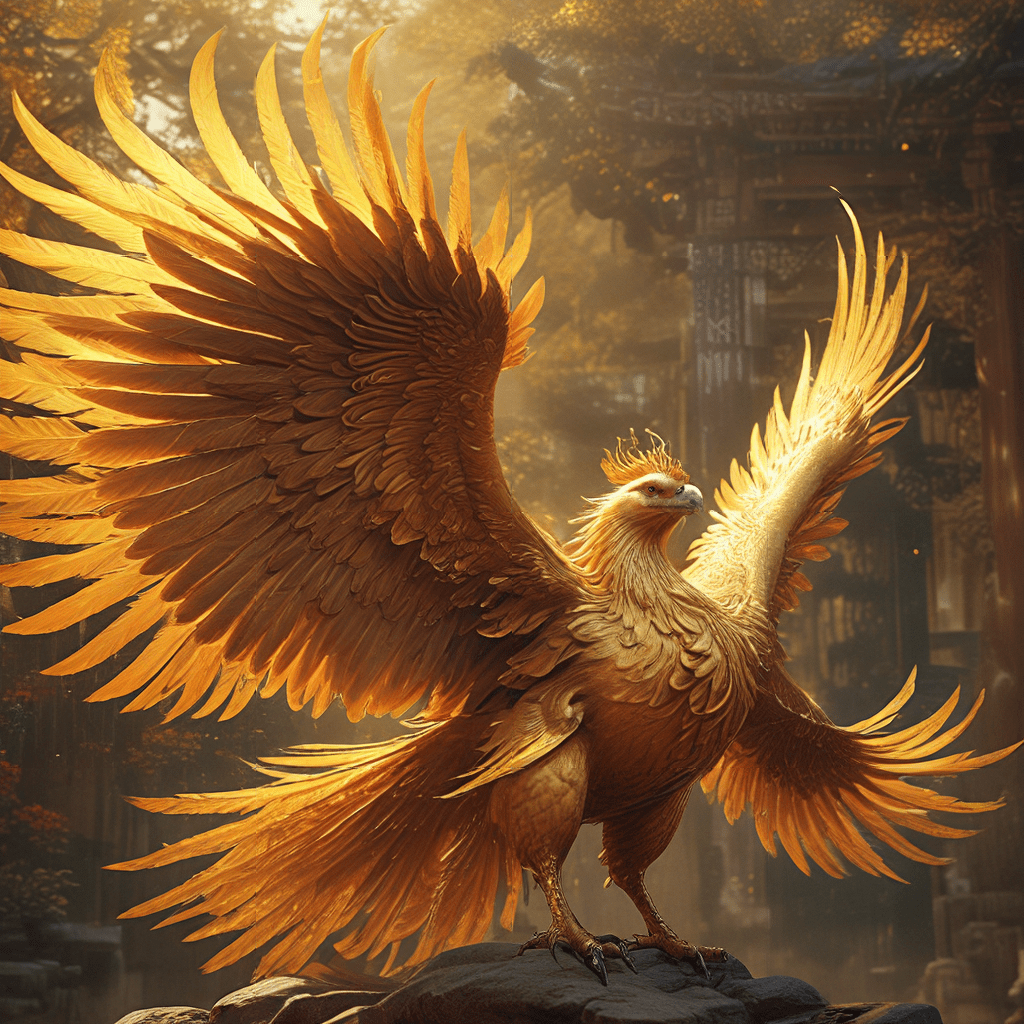The Many Faces of Baba Yaga: Regional Variations and Interpretations
I. Introduction to Baba Yaga
Baba Yaga is one of the most intriguing and complex figures in Slavic folklore, often depicted as a fearsome old woman with supernatural abilities. She is a prominent character in various folktales and legends, serving as both a villain and a source of wisdom. Baba Yaga’s significance in cultural mythology and storytelling cannot be overstated, as she embodies the duality of nature—both nurturing and destructive.
This article aims to explore the regional variations and interpretations of Baba Yaga across different Slavic cultures, shedding light on how her character has evolved and adapted over time.
II. The Origin and Evolution of Baba Yaga
The origins of Baba Yaga can be traced back to ancient Slavic mythology, where she was often associated with the wilderness, death, and the unknown. Historical evidence suggests that she may have roots in pre-Christian Slavic beliefs, where she represented the natural world and its untamed aspects.
Over the centuries, Baba Yaga’s character has evolved significantly. Initially portrayed as a malevolent witch, her image has transformed into a more nuanced figure, often seen as a guardian of wisdom and a guide for lost souls. Historical events, such as the spread of Christianity and the influence of folklore on popular culture, have shaped her portrayal, leading to a variety of interpretations.
III. Baba Yaga in Russian Folklore
In Russian folklore, Baba Yaga is traditionally depicted as an old hag who lives in a hut that stands on chicken legs, allowing it to move around. She is known for her long, bony hands and sharp teeth, often frightening those who encounter her.
Common tales featuring Baba Yaga include:
- The Firebird: Here, Baba Yaga plays a pivotal role in assisting the hero, highlighting her dual nature.
- Vasilisa the Beautiful: In this story, she serves as both an antagonist and a source of wisdom, guiding Vasilisa on her journey.
The moral implications of these tales often revolve around themes of bravery, resourcefulness, and the importance of respecting the natural world. In Russian culture, Baba Yaga symbolizes the complexities of life and the necessity of confronting one’s fears.
IV. Baba Yaga in Ukrainian Folklore
Ukrainian interpretations of Baba Yaga present unique traits and stories, often portraying her as a more ambiguous character. While she retains her role as a witch, she is frequently depicted with a more maternal aspect, sometimes acting as a protector rather than a villain.
Notable stories include:
- The Wooden Doll: In this tale, Baba Yaga helps a young girl by providing her with a magical wooden doll, emphasizing her nurturing side.
- Baba Yaga’s Three Sisters: This story introduces multiple versions of Baba Yaga, each with distinct personalities and roles.
When compared to Russian depictions, Ukrainian narratives often highlight the communal aspects of folklore and the importance of family and tradition, reinforcing Baba Yaga’s role in Ukrainian cultural identity.
V. The Polish Interpretation of Baba Yaga
In Polish folklore, Baba Yaga is known as Baba Jaga, and she exhibits distinct features compared to her Russian and Ukrainian counterparts. Often portrayed as a cunning and clever figure, she is sometimes depicted as more of a trickster than a straightforward antagonist.
Notable stories include:
- The Clever Girl and Baba Jaga: This story showcases a young girl’s intelligence and resourcefulness in outsmarting Baba Jaga.
- Baba Jaga and the Magic Eggs: Here, Baba Jaga’s magical powers are central to the plot, highlighting her connection to nature and the mystical.
The cultural context in Poland features strong themes of wisdom, cleverness, and the triumph of the underdog, reflecting societal values and the importance of wit in overcoming challenges.
VI. Baba Yaga in Contemporary Literature and Media
In contemporary literature and media, Baba Yaga has been reinterpreted in various ways, often shedding her traditional image to fit modern narratives. Books, films, and art have all contributed to her evolving character, making her a versatile figure in storytelling.
Examples of modern reinterpretations include:
- Books: Novels such as “Baba Yaga Laid an Egg” by Dubravka Ugrešić explore her character through feminist lenses, examining themes of aging and power.
- Films: Movies like “The Witch” and animated adaptations bring new life to her character, often focusing on her role as a misunderstood outcast.
The impact of globalization has allowed Baba Yaga’s character to resonate beyond Slavic cultures, making her a symbol of female empowerment and resilience in various narratives.
VII. Comparative Analysis of Regional Variations
Across different cultures, common themes emerge in the stories of Baba Yaga, such as the duality of her nature and her connection to the natural world. However, contrasting elements also exist:
- Characterization: In Russian folklore, she is often more malevolent, while Ukrainian versions present her as nurturing.
- Role in Stories: In Polish tales, she tends to be a trickster, emphasizing cleverness over brute strength.
The role of environment and geography has significantly shaped these interpretations, as different cultures have infused their beliefs, values, and experiences into the narratives of Baba Yaga. These variations reflect the societal values and beliefs of the cultures that tell her stories, offering insight into how folklore serves as a mirror of cultural identity.
VIII. Conclusion: The Enduring Legacy of Baba Yaga
Baba Yaga’s multifaceted nature is a testament to the richness of Slavic folklore and the power of storytelling. Her character embodies the complexities of human experience, from fear and danger to wisdom and guidance. Preserving folklore and cultural narratives like those of Baba Yaga is crucial, as they provide valuable insights into the beliefs and values of different societies.
Future directions for research and interpretation of Baba Yaga may focus on her role in contemporary feminism, the influence of globalization on her character, and how modern storytelling continues to adapt and evolve her legacy.



